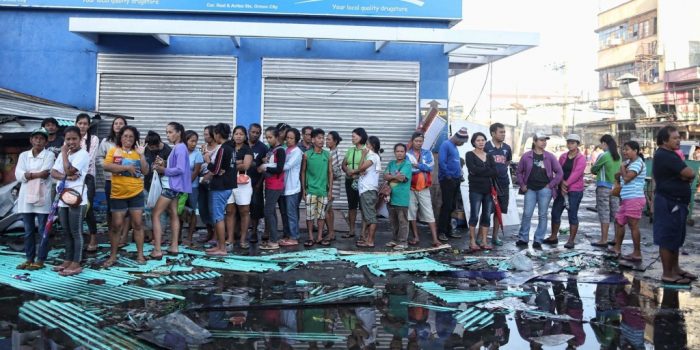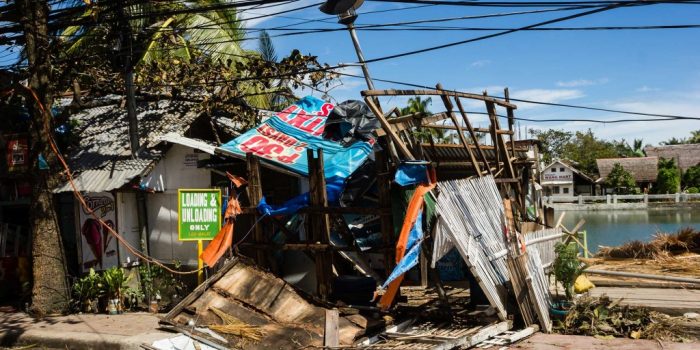Why the Philippines Rebuilding Process Needs More Attention
Soon after Typhoon Haiyan hit the Tacloban area of the Philippines, we here at the Center for Disaster Philanthropy created the CDP Typhoon Haiyan Fund. So far, nearly 20 donors have contributed over $250,000 to the Fund. To establish a Fund focused on mid-and long-term recovery in the midst of a disaster might seem incongruous […]
Soon after Typhoon Haiyan hit the Tacloban area of the Philippines, we here at the Center for Disaster Philanthropy created the CDP Typhoon Haiyan Fund. So far, nearly 20 donors have contributed over $250,000 to the Fund.
To establish a Fund focused on mid-and long-term recovery in the midst of a disaster might seem incongruous to some, but we know from painful experience that money pours in immediately after a disaster but quickly dries up, leaving little financial support (and virtually no media attention) for the difficult recovery and rebuilding.
To its credit, yesterday’s Washington Post had a front page story on the Philippines, calling it “one of the most profound resettlement crises in decades” and noting “ if the initial storm was a global media event, its precarious aftermath is the opposite, taking place long after the cable news teams have decamped and attention has faded.”
Here are a few excerpts from the Post’s Southeast Asian correspondent Chico Harlan’s story:
Two months after one of the strongest typhoons on record, recovery in the central Philippines has been marked by a desperate scramble for shelter, as people return to the same areas that were ravaged and construct weaker, leakier and sometimes rotting versions of their old homes.
That urgent but crude attempt to rebuild has raised the prospect that the storm-prone areas devastated by Typhoon Haiyan will emerge more vulnerable to future disasters. The self-made reconstruction effort also reflects the enormity of the damage. November’s catastrophe displaced more than 4 million people — twice the number of the 2004 Indian Ocean tsunami or the 2010 Haiti earthquake.
For those who lose homes in a disaster, there’s almost never a quick solution, aid workers say. The Katrina-hit Gulf Coast had its infamous FEMA trailers. Port-au-Prince had its squalid tent cities. Northeastern Japan had its cramped evacuation centers — mostly schools and civic centers — the last of which closed only last month, almost three years after a tsunami and a series of nuclear meltdowns.
What’s noteworthy in the Philippines, though, is not where people are resettling, but rather the degree to which they are staying put. Across the disaster zone, some 90 percent are still living in the same plot they were occupying before the typhoon.
The concern for officials locally and in Manila is that these re-sprouting slum neighborhoods will turn into permanent solutions for survivors. The officials have drawn up vague plans to eventually relocate entire coastal neighborhoods further inland, where they will be less prone to disaster, but the idea faces many obstacles, and would require the government to buy land, change laws and convince residents — many of them fishermen — to move to areas where they’d have to find new jobs.
In the weeks and months to come, CDP will be giving major attention to the rebuilding in the Philippines. We want to do our part to help rebuild, but do it in such a way that it helps to build a more resilient community, better able to withstand future disasters.
More like this

Haiyan Recovery Still Has Long Road Ahead

